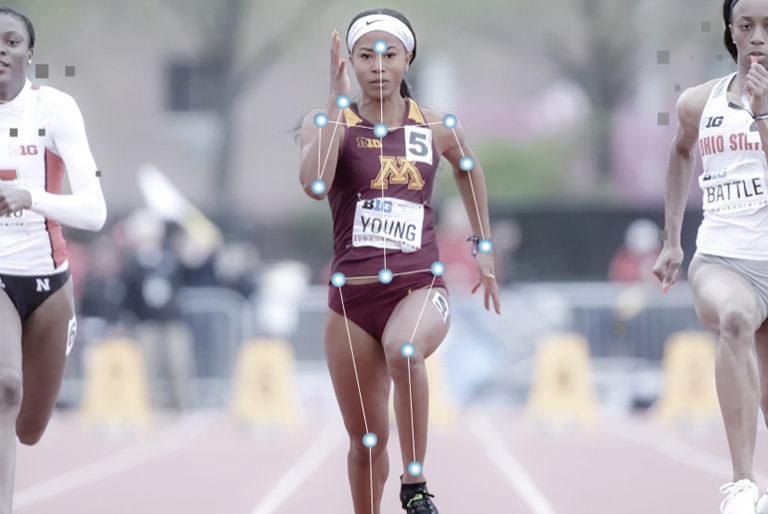Even the cheetah, the most perfectly crafted running machine on earth, can only run about 1.5 miles before overheating. Yet today’s fastest Olympic marathoners could only be beaten by a handful of earths animals in that long distance. Today however, running has been embraced by humans all over the world, some for fun, some for fitness and others to push the limits of the human body’s capabilities.
Scholars say that in 490 BC, a man named Pheidippides ran from the Greek town of Marathon all the way to Athens (a total of 26.2 miles), to deliver a message that the Greek army had just beaten back the Persians. Unfortunately, Pheidippides died shortly after arriving in Athens, however that’s where the modern term ‘Marathon’ was birthed, and it also helps explain why a modern-day marathon is 26.2 miles in length.
If you’re anything like me, I can’t understand why anyone would want to run one of these for fun, and this raises the question, how are our bodies even able to?
One theory says that our adaptations for long distance running were linked to hunting success but when you dig a little deeper into the science, you discover that the human body is uniquely designed and equipped to run long distance.
Enlarged ear canals help us balance when we’re running. Our eye reflexes help keep us steady as we move up and down. Short arms and thin ankles take us less effort to swing helping to conserve energy. Wide shoulders, a thin waist and narrow pelvis help us counter the rotation of our moving legs. We have sweat glands, less body hair and bodies that let us disperse heat. We have good blood flow away from the brain to help keep it cool, large gluteus maximus muscles to help us stabilize our body and high surface area joints which help with shock absorption. These are just a few of the many characteristics that make us uniquely suited to long distance running.
Even with bodies so masterfully designed to help us run long distance, professional athletes put a lot of time and energy into increasing mental discipline and perfecting form and technique to become the world’s fastest runners. Video Analysis tools are hugely beneficial to marathon runners and can help understand your feet placement, pelvic tilt and joint positions as you run. This can help you pinpoint areas of weakness and help you focus your training to give you the best results.
SIVA, Sprongo’s new intelligent video analytics software is a great companion product for marathon runners. While most video analysis tools force you to map out your skeleton and angles frame-by-frame, SIVA takes all the work on of this by incorporating artificial intelligence and machine learning into the process. Already used by professional athletes all around the world, SIVA automatically processes your videos, creating a skeleton of your subject and in moments, provides you a plethora of useful data and insights that you can use to hone your running ability.
Try SIVA out for yourself by heading to www.sprongo.com and signing up for a Pro account today!


